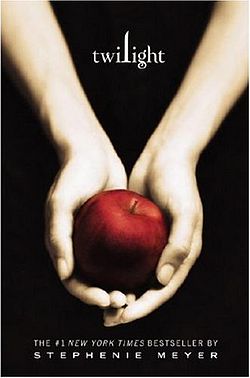For this post, I thought I’d do something a little different. I wanted to take a literary peek at Inside Out, the Disney-Pixar movie.

Special note: There are going to be spoilers in here, so beware!
I may analyze a few more Disney (Pixar) films because there are some things that they do really well in their movies.
I want to call three out here for Inside Out.
- Pixar makes a lot of movies where they personify (anthropomorphize) things. We’ve seen it with toys, fish, dogs, monsters, and now the human mind itself. But the beauty with these movies (and Inside Out especially), these characters are believable. Despite the various emotions representing extreme perspectives, we still relate to them and see each of their respective train wrecks as they happen.I’ll zero in on Joy for a second. By the way, in case you missed it earlier… SPOILER SPOILER SPOILER! SPOILERS BELOW!
She’s upbeat, constantly happy, and completely controlling of their child. However, her darker side is that she will stop at nothing to ensure that her vision of what is “right” is realized. It takes nearly being forgotten before she realizes that other views will be needed to make Riley an ultimately happy child.
- EVERYTHING counts. There is no wasted effort. The movie gives us gems that are funny or cute when we see them, but we ultimately circle back up to them later. Examples:
- Bing Bong cries candy. This was a cute item when we introduce it, but later we use it to find him inside Riley’s subconscious…
- Anger is a hot-head… Literally. We see him blow up a few times… But this becomes useful at the end to save Sadness and Joy.
- We meet an imaginary boy-friend. At the time, makes plenty of sense, and gets a cheap groan from the audience, even capitalizing on melodrama to the point of “I would DIE for Riley!” At the end, he gets to prove it.

I’ll actually take this a step further. We have a memory of Riley enjoying a trampoline with her family… which leads us to a trampoline represented in Family Island… which leads us to the launch point for Joy to rescue Sadness and help them back to headquarters. Some of this is properly capitalizing on what they already have, but the big take-away I get is how they go back to create setup to make the big scenes that much more meaningful.
- Hero and World are mirrors. If you put stock in John Truby’s “The Anatomy of Story”, you appreciate the concept of having a close link between your hero and the world. Inside Out illustrates this perfectly. Things begin generally positive and upbeat, but just as Joy gets more desperate to get back to head-quarters (and even tries to sacrifice sadness for this cause), the world itself is literally falling apart.After the recall tube collapses and Joy ends up at the bottom of the memory dump, she has reached a literal low in the world just as she has reached a low for herself. After this, it’s all up hill (once again, literally as well as figuratively).
There are tons more great properties to this movie. I’m not ashamed to admit there were at least two points I had streaming tears. The end is worth the journey, and every point along the way, I was caught up in the momentum of the story.
Did anybody else enjoy Inside Out? Am I the only one to dig so deeply into the literary strengths of the story?
Let me know if you’d like to see more movie/book reviews.




